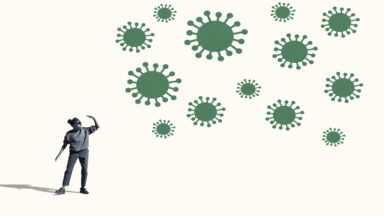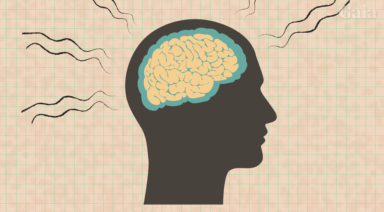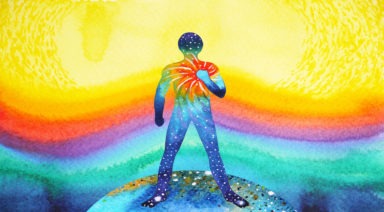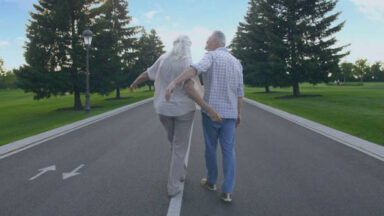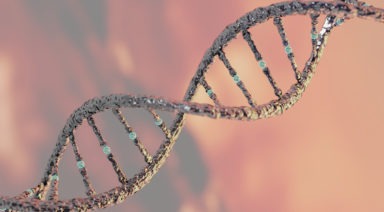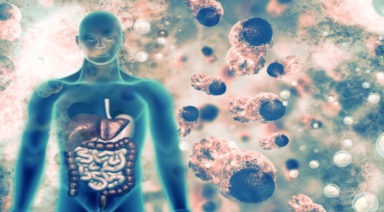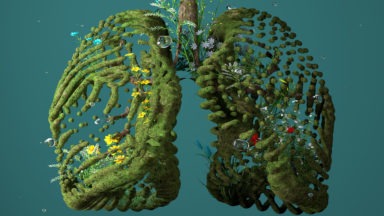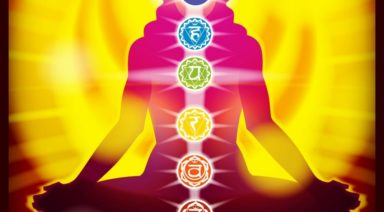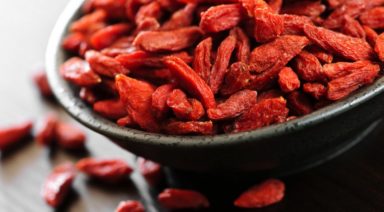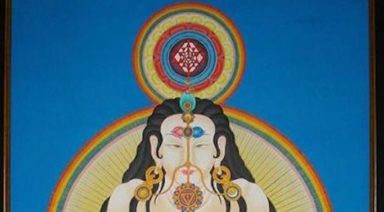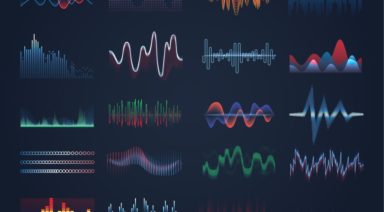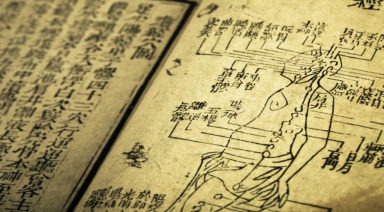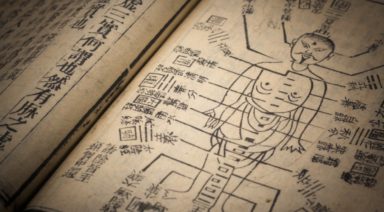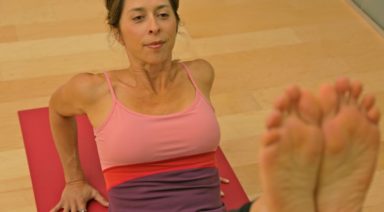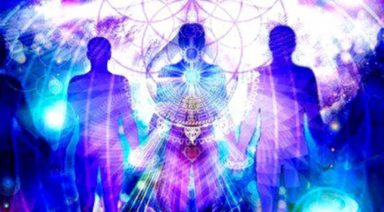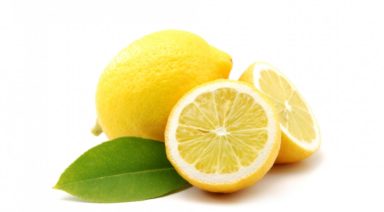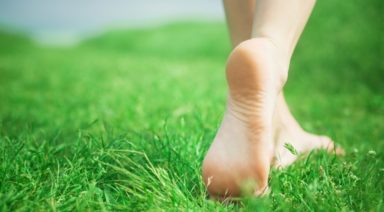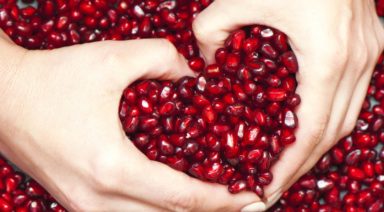Your Mind on Pain: Healing Through Mindfulness
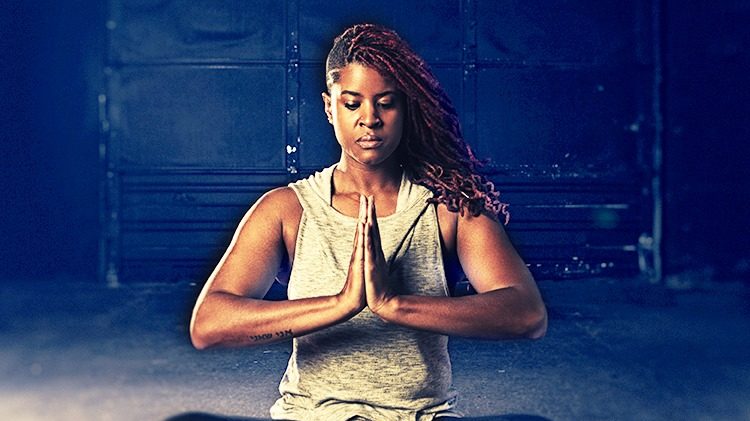
Living in a state of constant physical pain due to illness or injury can be devastating and intolerable. The constant suffering becomes all-consuming and can bring forth the feeling of absolute despair and attachment to feeling this way forever. Lost in a sea of pain killers, constantly searching for help, depression, anxiety, fatigue, and the feeling of disconnection to self and others can become reality.
To someone dealing with chronic pain, the feeling of isolation and never-ending pain becomes all you know. The questions “Will I Ever Heal,” “Will I ever be able to move without pain again,” or “Will I ever live the life I used to” become the everyday mindset.
It’s a natural reaction for your mind to spin with doubt, fear, anxiety, and have an attachment to the pain caused by injury or illness. But what if the activity in your mind on pain was making your suffering more intense? What if, in the moments of most intense pain, you consciously explored the sensation of your breath moving through the pain to bring an awareness of space and acceptance of the pain within?
This may seem counter-intuitive to someone experiencing chronic pain. However, recent research demonstrates that engaging in mindfulness techniques to overcome chronic pain may be more effective than the heaviest prescription pain medication. Learning meditation techniques and introducing mindfulness regarding the body-mind response to pain is proving to be quite effective.
Dr. Danny Penman, author of You are Not Your Pain , states in Psychology Today, “Mindfulness meditation has been shown in clinical trials to reduce chronic pain by 57 percent. Accomplished meditators can reduce it by over 90 percent.” The practice of meditation and mindful exercises that connect the body, mind, and breath can support the brain to soften its attachment to the pain, and therefore with time, one can redirect the pattern in the brain so the individual can lessen the degree of pain, and eventually live pain-free.
TWO FORMS OF PAIN YOU SHOULD KNOW
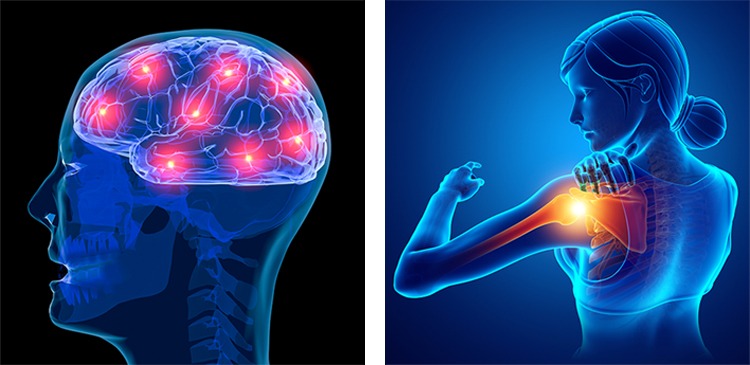
There are two forms of pain, one is primary pain, which can be seen as the direct feedback you experience from an injury, illness, or damage to the nervous system. Primary pain can be thought of as the “raw data” from the brain to the body. Secondary pain is how the mind reacts to primary or physical pain. It’s important to take note here that secondary pain is real and felt in the body.
What is interesting is that it’s referred to as secondary pain because it’s the mind’s way of reacting to the pain which is processed before you actually feel the pain.
This idea is how scientists and neurologists are bringing forth the concept that training the brain to turn down the volume on the response to pain is allowing patients to heal themselves of chronic pain. The age-old saying “what we resist, persists” holds true in our brain, and the brain will continue to send you these messages in an attempt to heal.
If the messages continue to be pushed away, the volume on the message will increase and the whole experience gets amplified. It’s about retraining the brain through mindfulness to listen and accept the pain, to no longer fear it and through this lens, the body begins to relax and heal.
Hospital pain clinics are now guiding their patients suffering from cancer, heart disease, migraines, fibromyalgia, and chronic back pain with meditation techniques for pain relief. The mindful techniques can attune the person to what they are actually experiencing, as opposed to pushing the feelings away, and this can release the stress response in the body, creating more space for relaxation, which in turn creates space for healing.
As Susan Bauer-Wu states, “One of the most important benefits of mindfulness is attentiveness to what is happening in your body, your mind, and your environment- being present for what’s happening to you, with you, and around you at a particular moment in time. Mindfulness becomes a foundation to help patients make good decisions and navigate all they have to go through.”
Engaging in guided mindful techniques such as meditation, guided visualization, restorative yoga, yoga Nidra, tai chi, positive thinking, and time immersed in nature can bring forth a relaxation response that may alleviate pain over time.
The connection between what the mind thinks, how the body feels, and the emotional response to our thoughts and feelings can either heighten stress levels within or when one can acknowledge, in a way befriend the pain, the healing can begin to ignite. When we no longer resist or repress the emotional response to the pain, but rather begin to train ourselves to engage in the present moment and be a witness to our breath, there is the potential to explore an internal feeling of connection, releasing the stress of the unknown, and welcoming in a deeper level of healing.
Jon Kabat-Zinn, creator, and pioneer of Mindfulness-Based Stress Reduction describes how mindfulness can help with chronic pain:
- Decreasing repetitive thinking and reactivity
- Increasing a sense of acceptance for unpleasant sensations
- Improving emotional flexibility
- Reducing rumination and avoidance behaviors
HEALING WITH YOGA AND MEDITATION
Experience the still and silent place inside you
How to clear the mind of excess thinking
Learning to let go of attachment
Meditation for Reducing Stress
MEDITATION EXERCISE
Here is a simple exercise called “The Body Clearing” I have created for myself and for clients dealing with pain management:
- Prepare the Space
Find a comfortable space that is quiet and relaxing where you can be undisturbed for 20-30 minutes. Light a candle if you are inspired. Turn your phone off.
- Awareness and Grounding
Lie down, get comfortable, and invite in a quality of release. Bring your awareness to your physical body and observe any areas that may have tension. (Jaw, shoulders, back, mind, etc.) With each breath, allow the tension to dissolve, and consciously soften into the specific body part to find a deeper state of relaxation.
- Be In The Moment
Make a choice to let go of the past and the future. Become focused on the present moment, and bring your attention entirely to the physical body. Greet anything that arises in your body with love, kindness, and compassion.
- The Body Clearing
Begin with one foot, bring your awareness to the sensations in your foot, your shin, your thigh, and back of your leg down to your foot. Continue this until you have met every part of your body. As you do this, simply observe the physical sensations and release any thoughts or interpretations that come to mind.
- Whole Body Awareness
Feel your whole body now, and envision it as a connected vessel of healing. Your whole body is a place of union and connectivity. A home of healing and harmony. For a few minutes keep coming back to sensing and feeling your body as one connected and harmonious vessel.
- Create an “I am” statement or a “Sankalpa”
Create an “I am” statement that comes from within your body. Choose something that is already living inside of you, something you are ready to invite in and put it in the present tense. For example “I am healing” or “I am calm and peaceful.” When you feel complete, bring yourself slowly to your seat, thank yourself for practicing mindfulness and healing through this exercise. Hold space for your “I am” statement to live inside you, come back to it throughout your day.
Mindfulness meditation creates a vast awareness of the feelings, thoughts, and sensations that are like moving energy within our being. When we hold space to be in acceptance, to let go of resistance, and to welcome in body-mind communication, we can awaken to the body’s innate wisdom to heal. Our mind is like the sky, at times clear blue, other times stormy and grey. When we become the witness to experience the range of thoughts and emotions that naturally move through us, we begin to discern what is true and how we can remain steady, grounded, and choose the path of healing within.
Could Cobra Venom Replace Opioids in Treating Chronic Pain?

The King Cobra’s bite can kill you within 30 minutes, however, the same substance has also been developed into a drug that can ease chronic pain that even the strongest synthetic painkillers can’t touch. And today, along with venoms from an array of other creatures, cobra venom is showing great promise in the fight against a number of deadly diseases.
People have used venoms as medicines for thousands of years; Chinese medicine, Ayurveda, and homeopathy, and other traditional systems of medicines have all recognized the potency of venoms and used them to treat pain, inflammation, cardiovascular disease, and more. Western medicine got involved in the early 1980s, when the first venom-derived drug Captopril, was approved by the FDA for use in hypertension. Today, there’s been a resurgence of interest among researchers and the pharmaceutical industry owing to advances in the study of these compounds.
The most recent study out of Florida Atlantic University shows the potential of cone snail venom in treating severe malaria.




